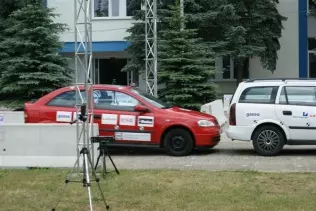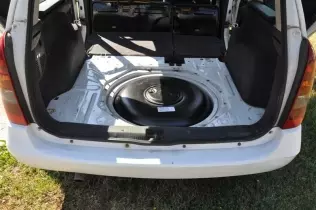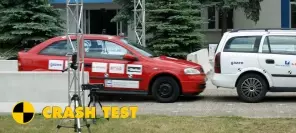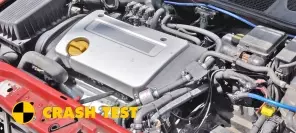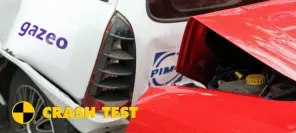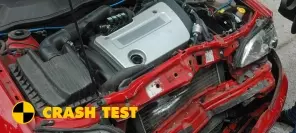- Main page
- Search
- Up to date
- Products
- Technology
- Vehicles
- Video
- Conversion Payback Simulator
Port Injection - Conversion Payback Simulator
Direct Injection - Conversion Payback Simulator
Diesel - Newsletter
LPG car crash test inside out
 loading results...
loading results...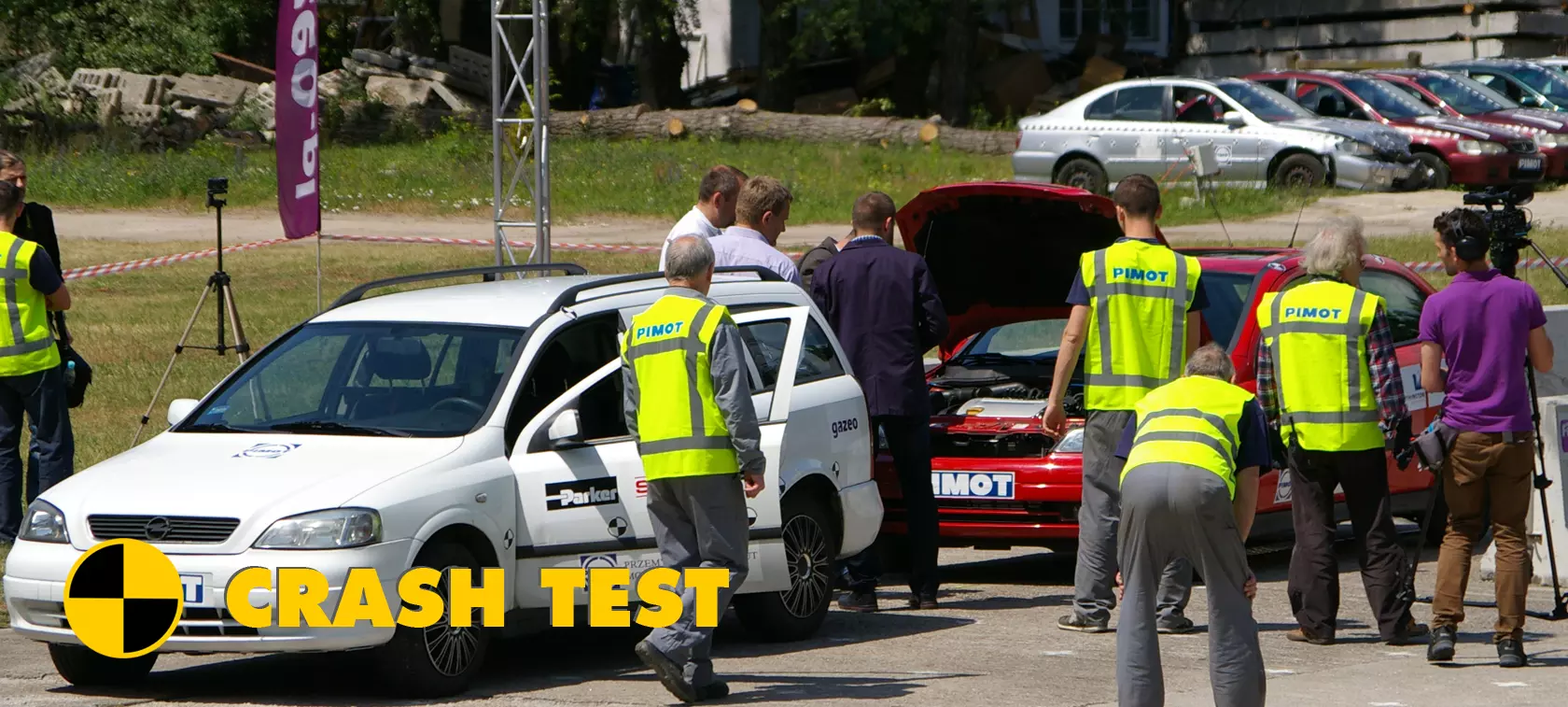 © gazeo.com
© gazeo.com 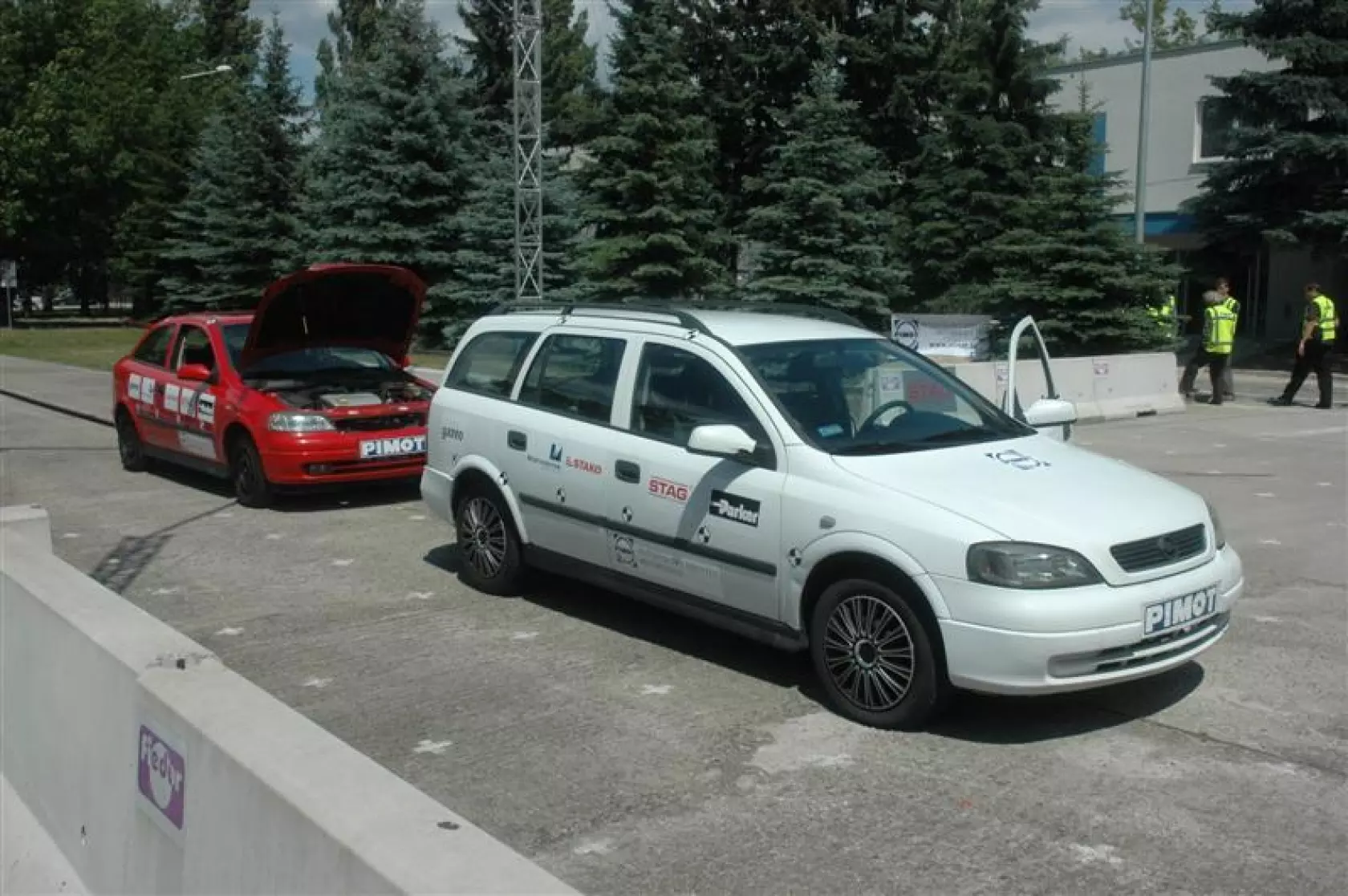 For the test to be conclusive, we chose cars with comparable weights
For the test to be conclusive, we chose cars with comparable weights 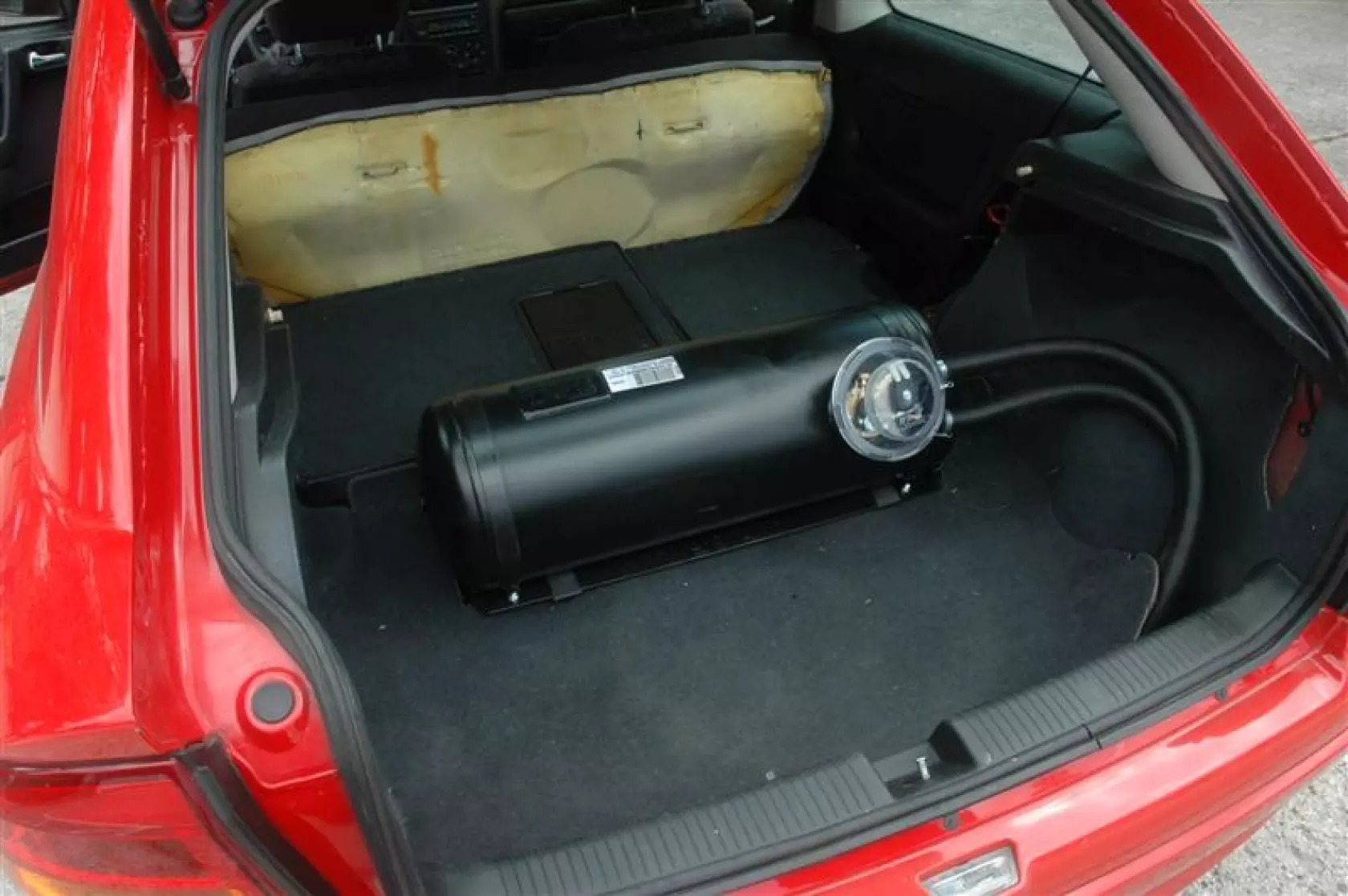 The 40-litre tank was filled with 25 l of LPG. The aim was to see whether or not it will be torn out of its fixing at impact
The 40-litre tank was filled with 25 l of LPG. The aim was to see whether or not it will be torn out of its fixing at impact 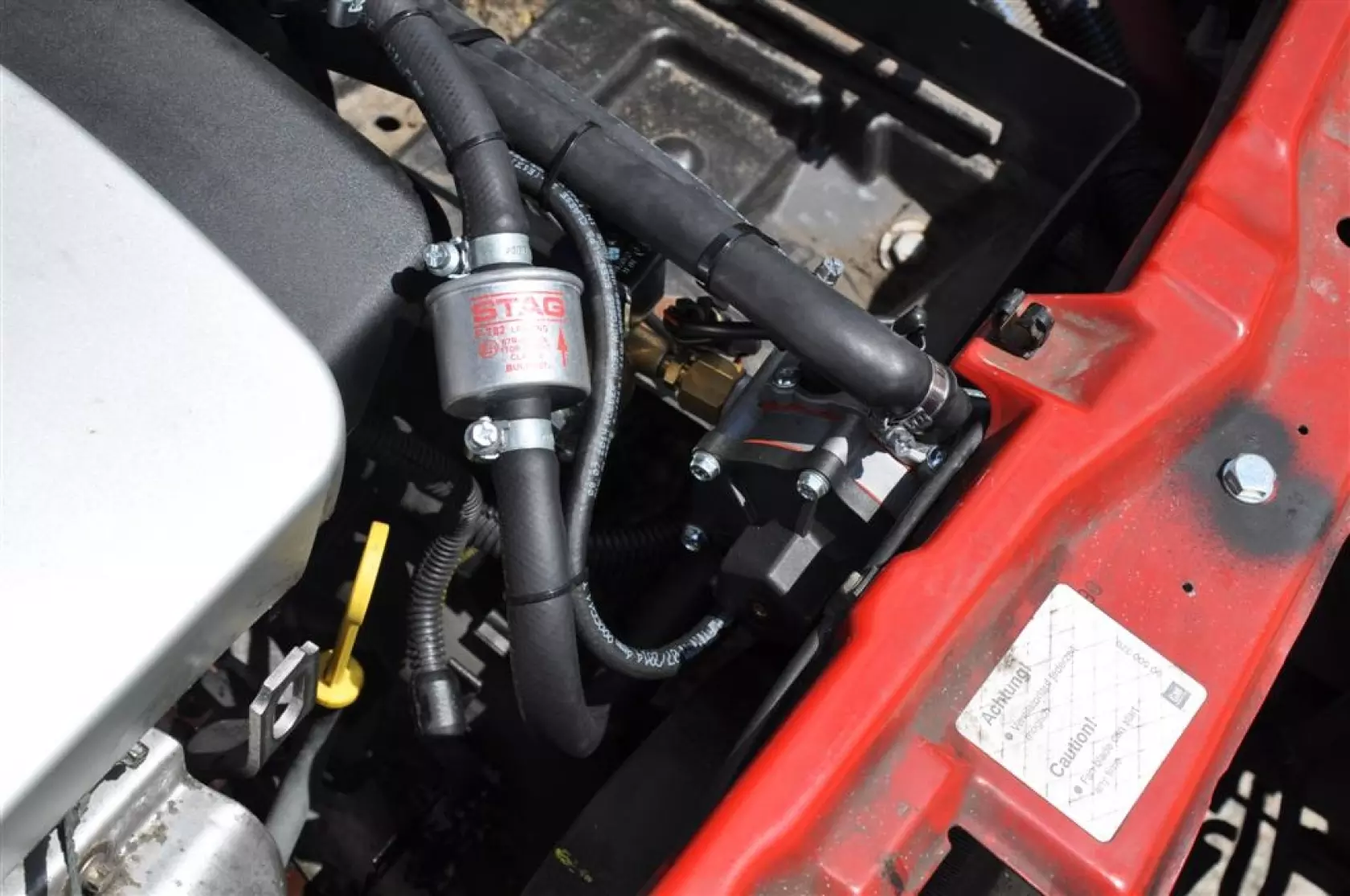 The reducer was fitted to the front belt, where it was particularly exposed to damage
The reducer was fitted to the front belt, where it was particularly exposed to damage 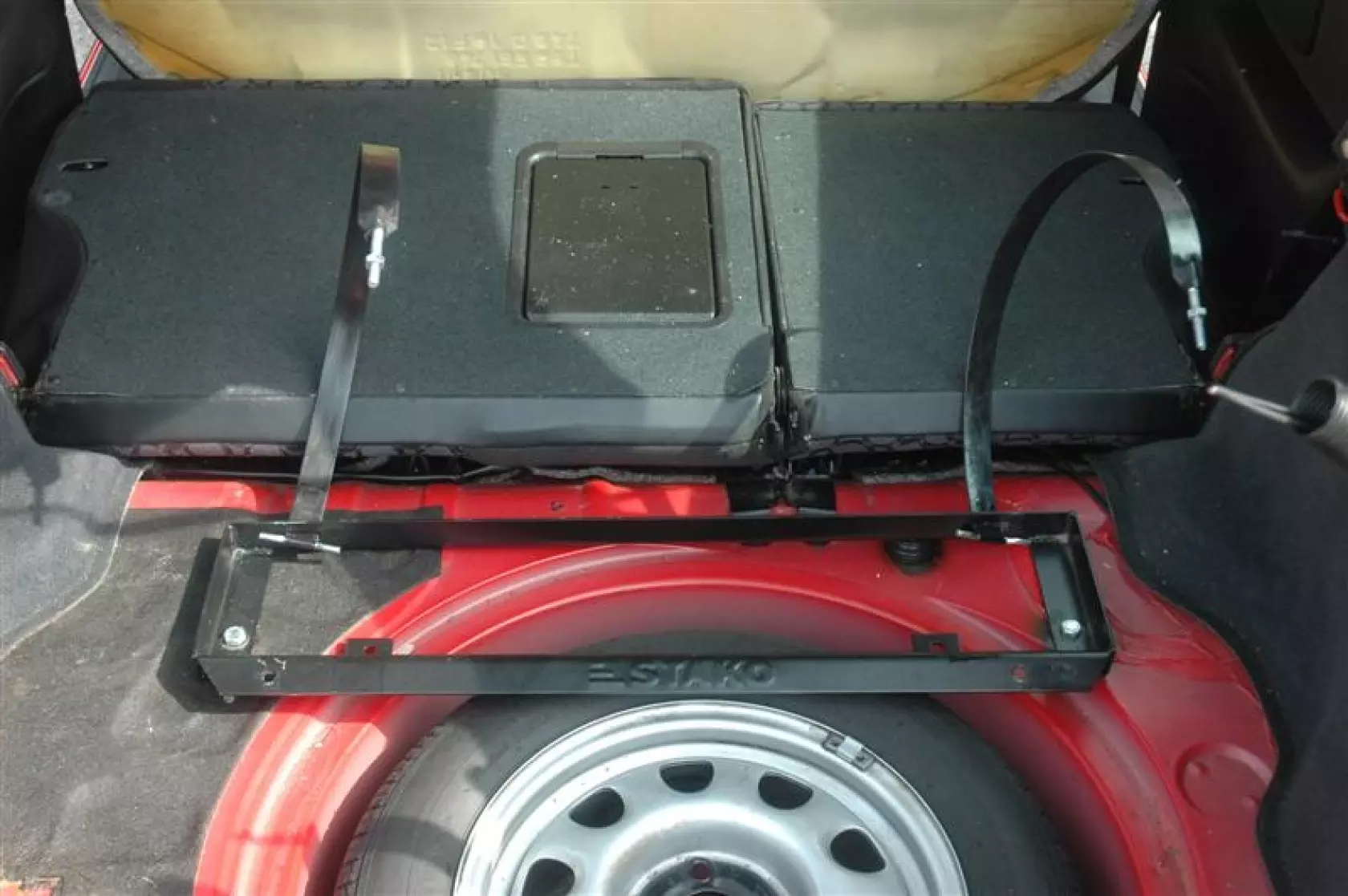 The cylindrical tank's frame was fixed as recommended by the manufacturer, with appropriately hard nuts and matching washers
The cylindrical tank's frame was fixed as recommended by the manufacturer, with appropriately hard nuts and matching washers 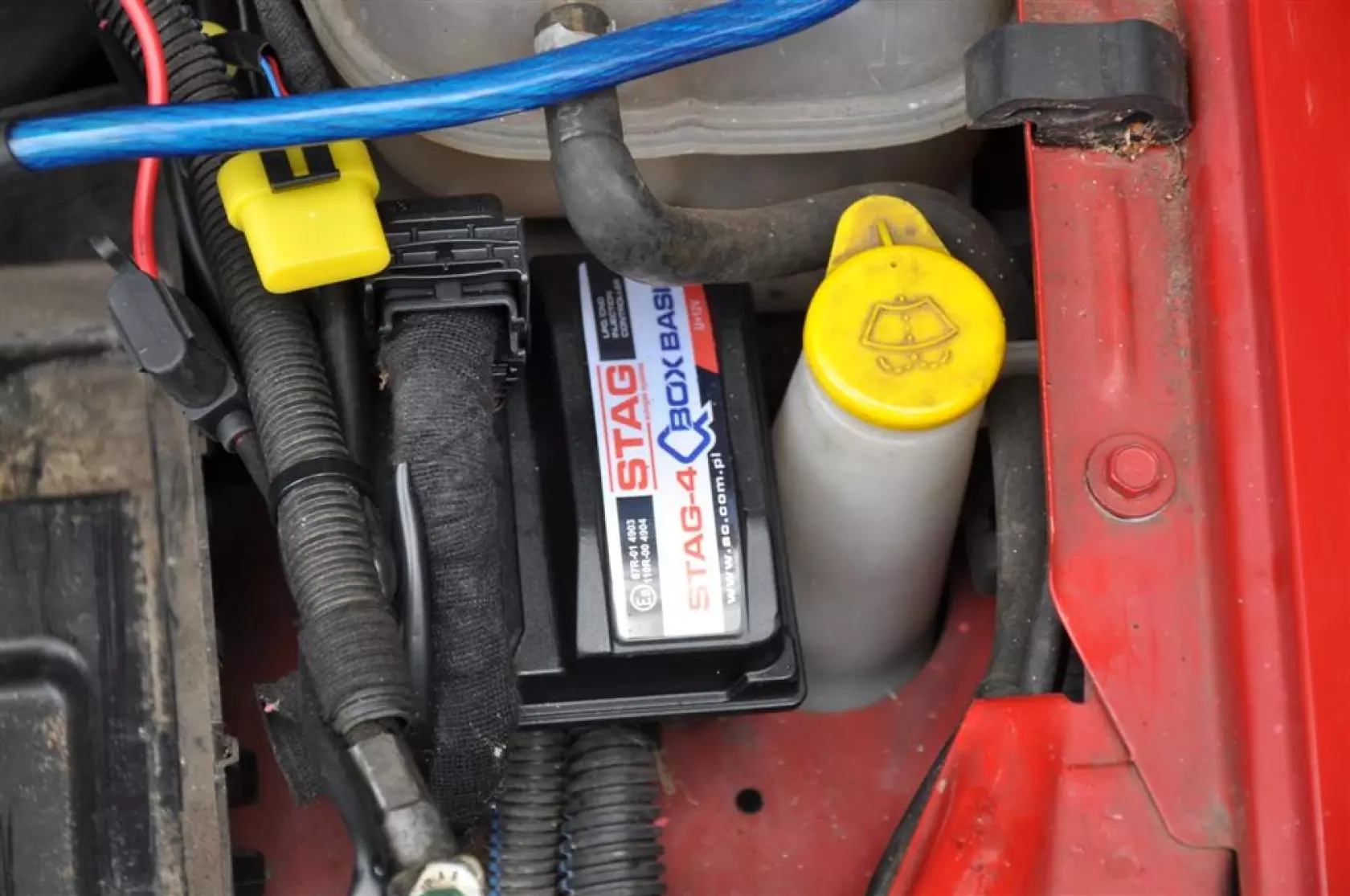 The ECU was located next to the battery, behind a headlight
The ECU was located next to the battery, behind a headlight 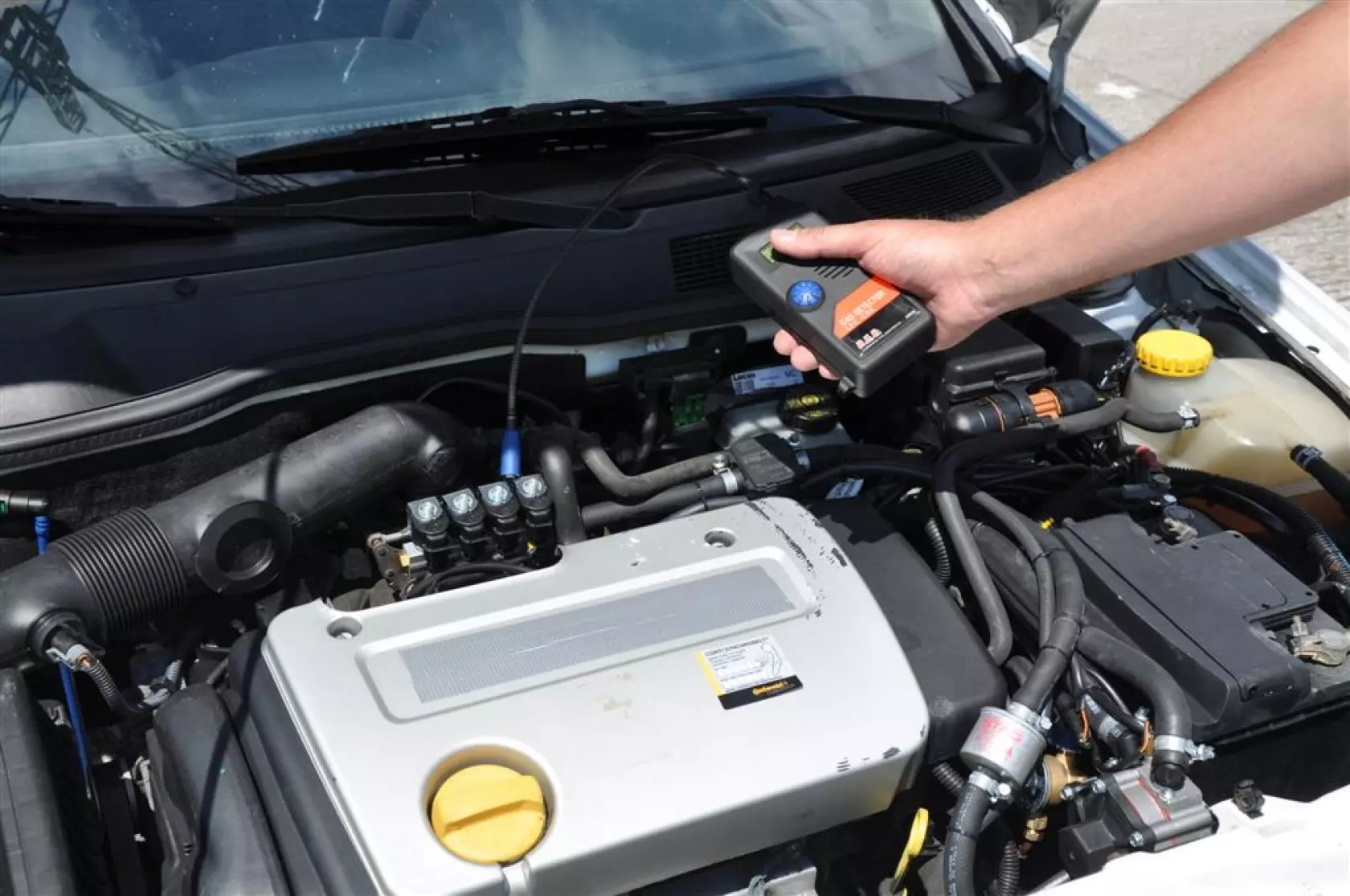 Prior to the test and after it we tested both autogas systems for leakages. They both passed the test
Prior to the test and after it we tested both autogas systems for leakages. They both passed the test 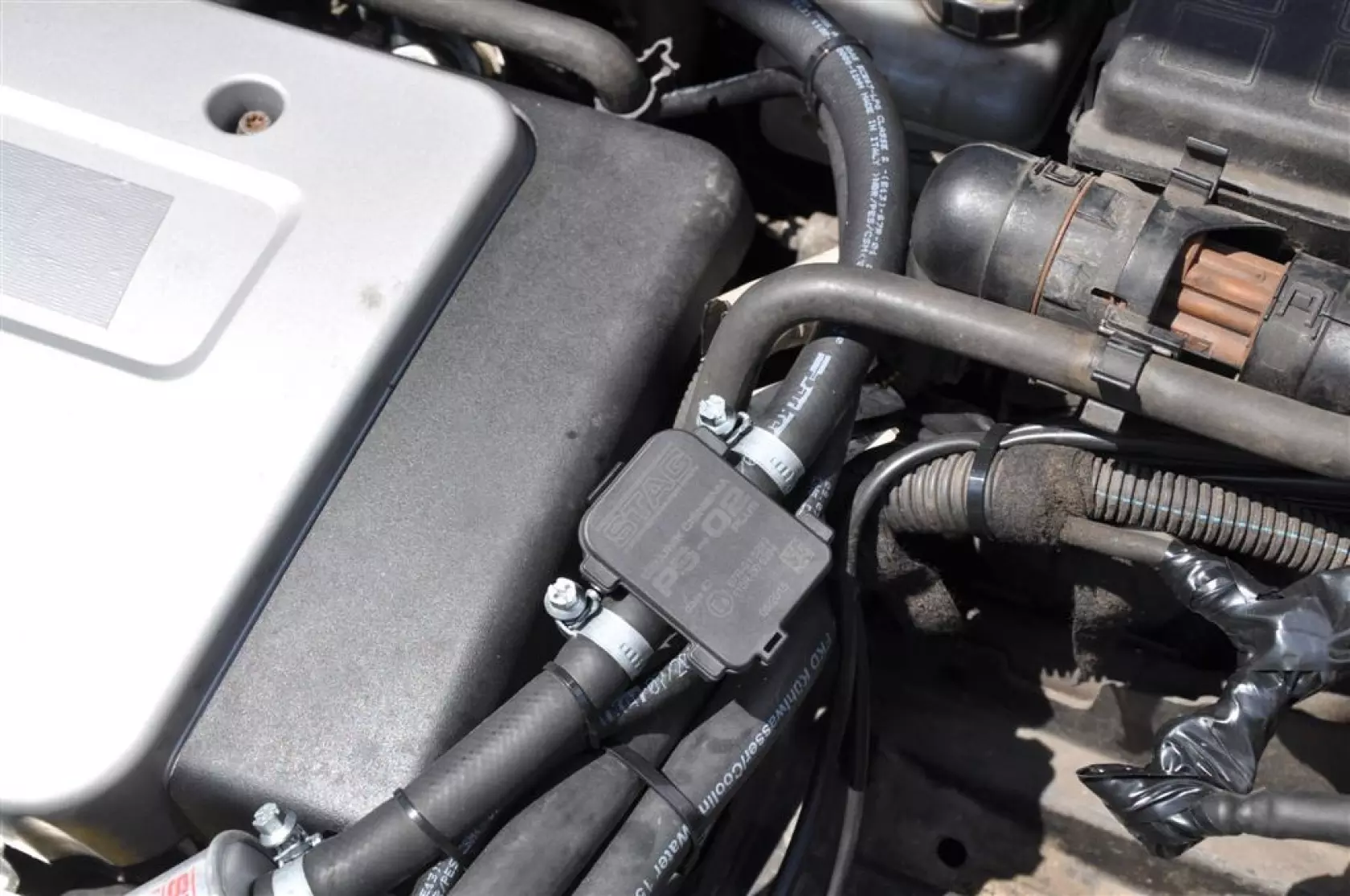 The pressure and temperature sensor proved... No, wait for it until the next article
The pressure and temperature sensor proved... No, wait for it until the next article 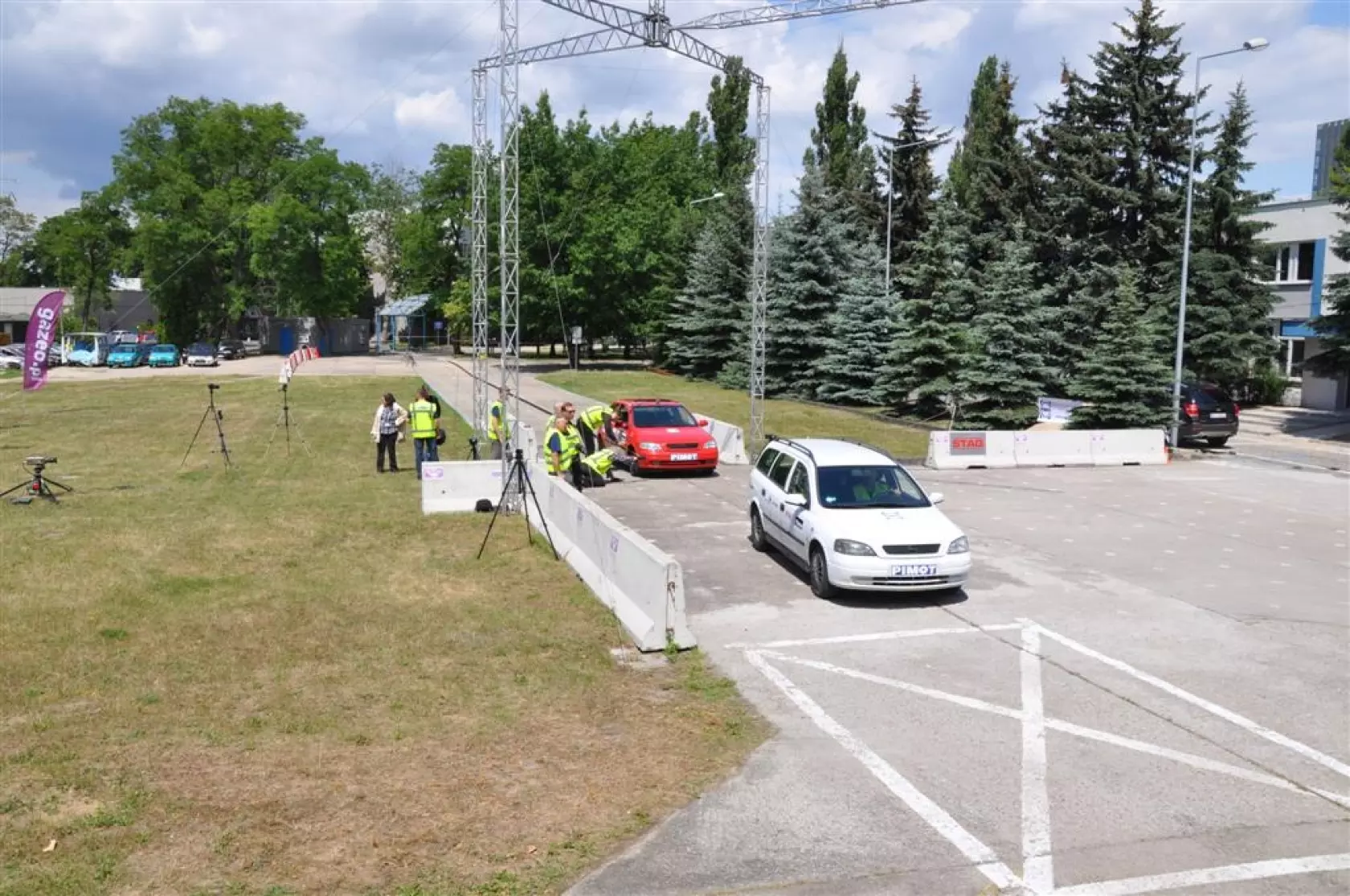 Cars are in positions, the pulling mechanisms is undergoing a final check
Cars are in positions, the pulling mechanisms is undergoing a final check 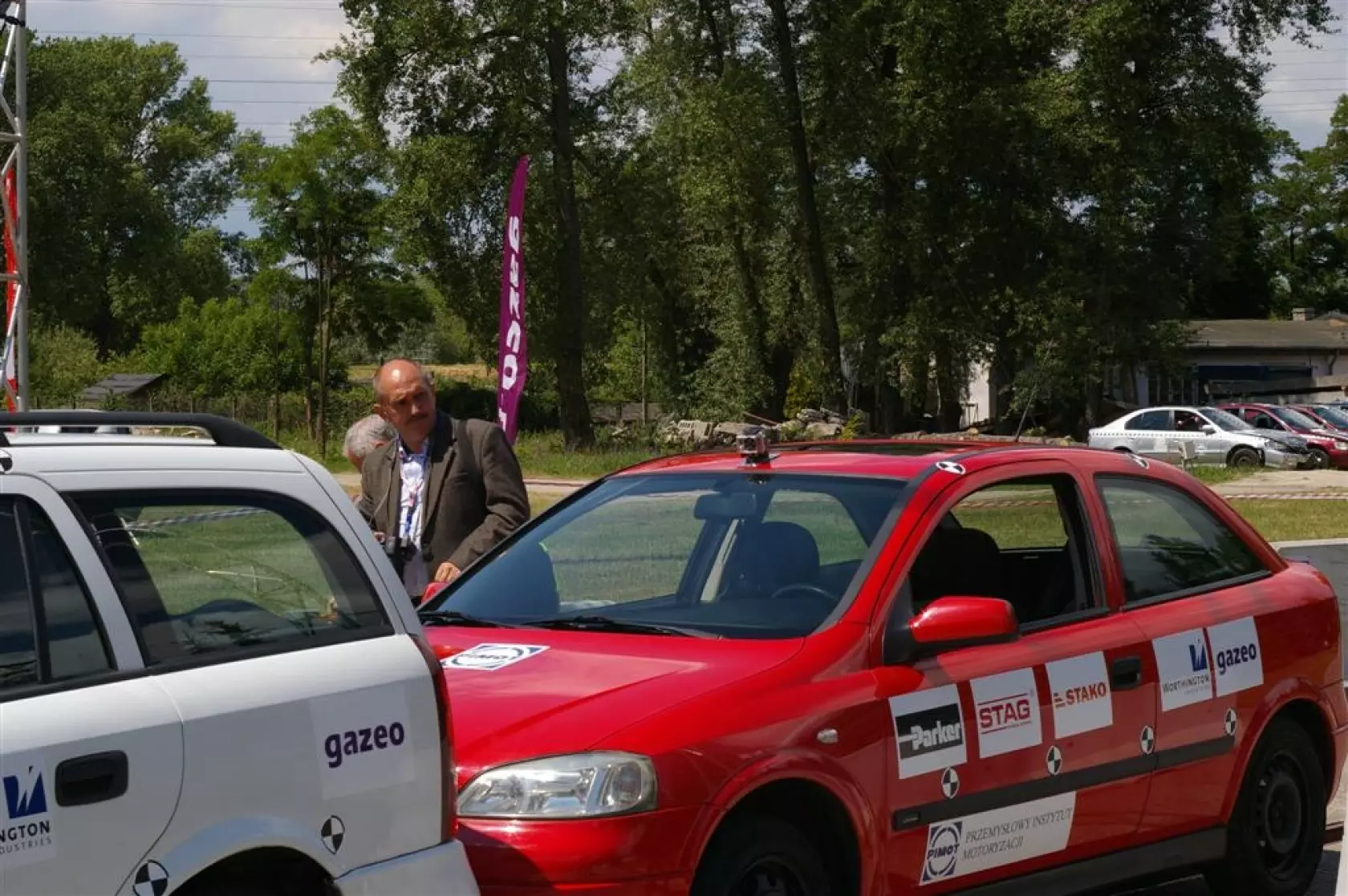 The cars were precisely alligned in order to make a 100% overlap hit
The cars were precisely alligned in order to make a 100% overlap hit 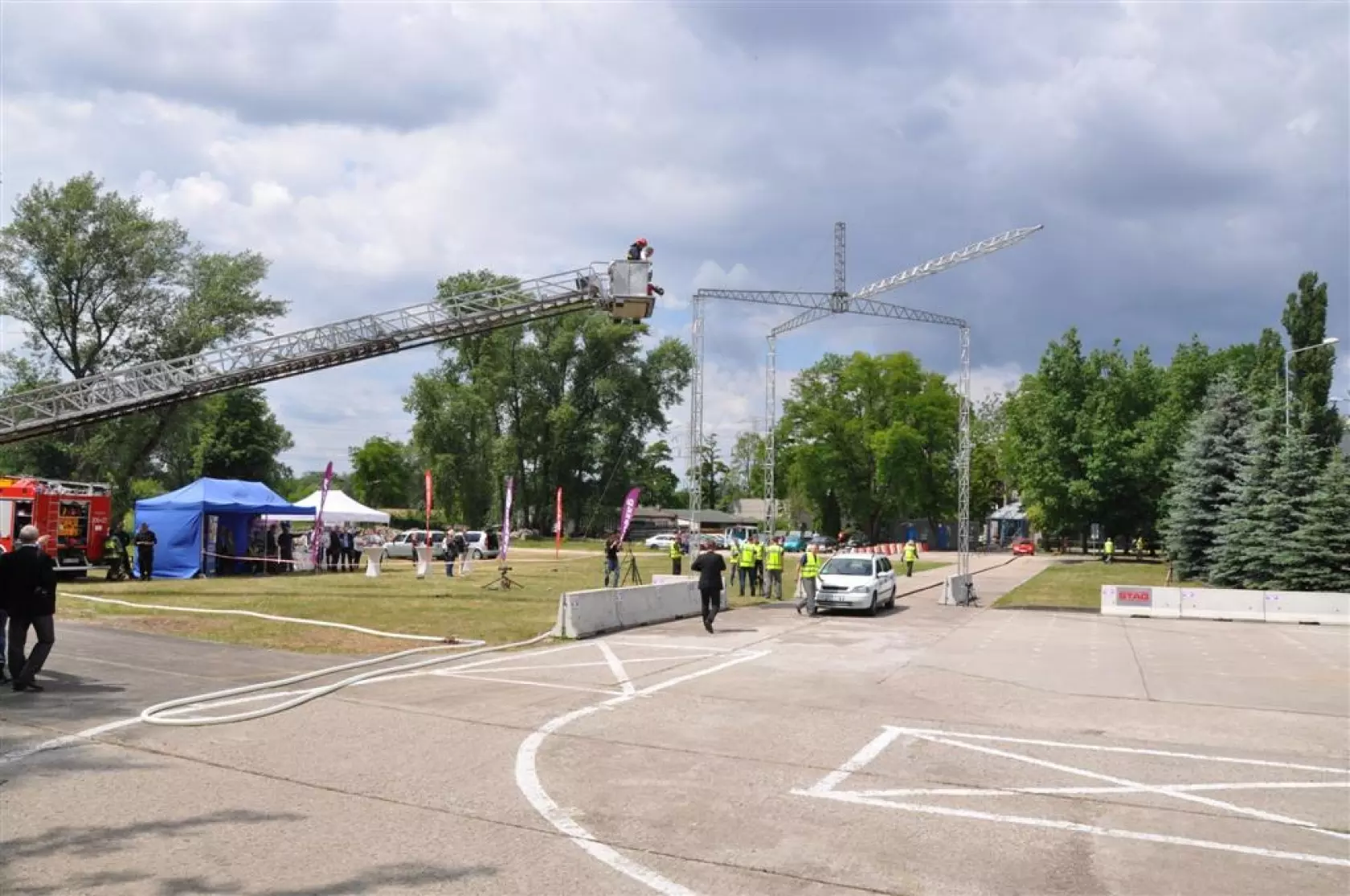 The area is sealed, the firefighters are ready, the cars are in positions - we're good to go!
The area is sealed, the firefighters are ready, the cars are in positions - we're good to go! 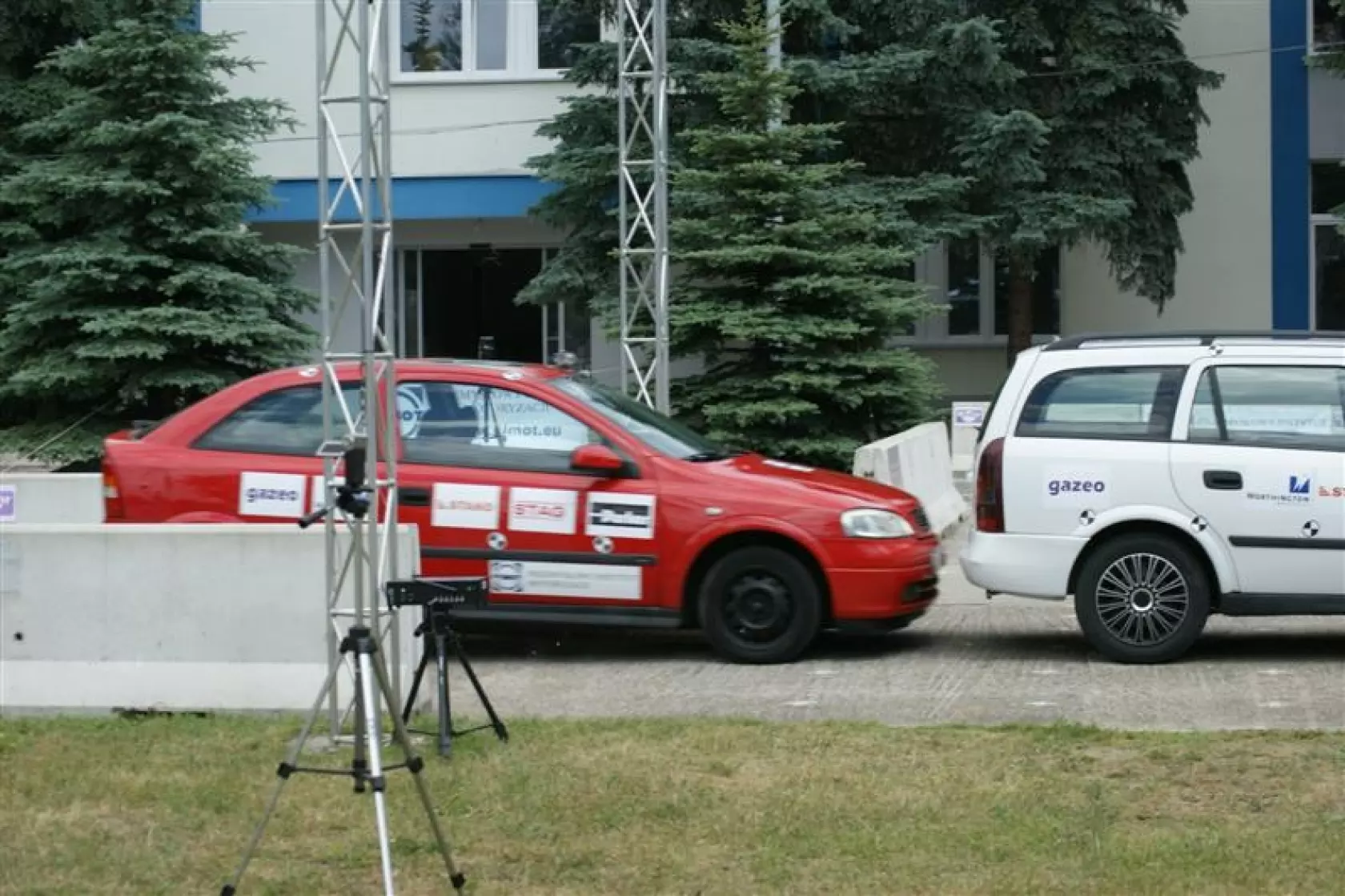 The crash is now inevitable. Speed: 54 km/h
The crash is now inevitable. Speed: 54 km/h 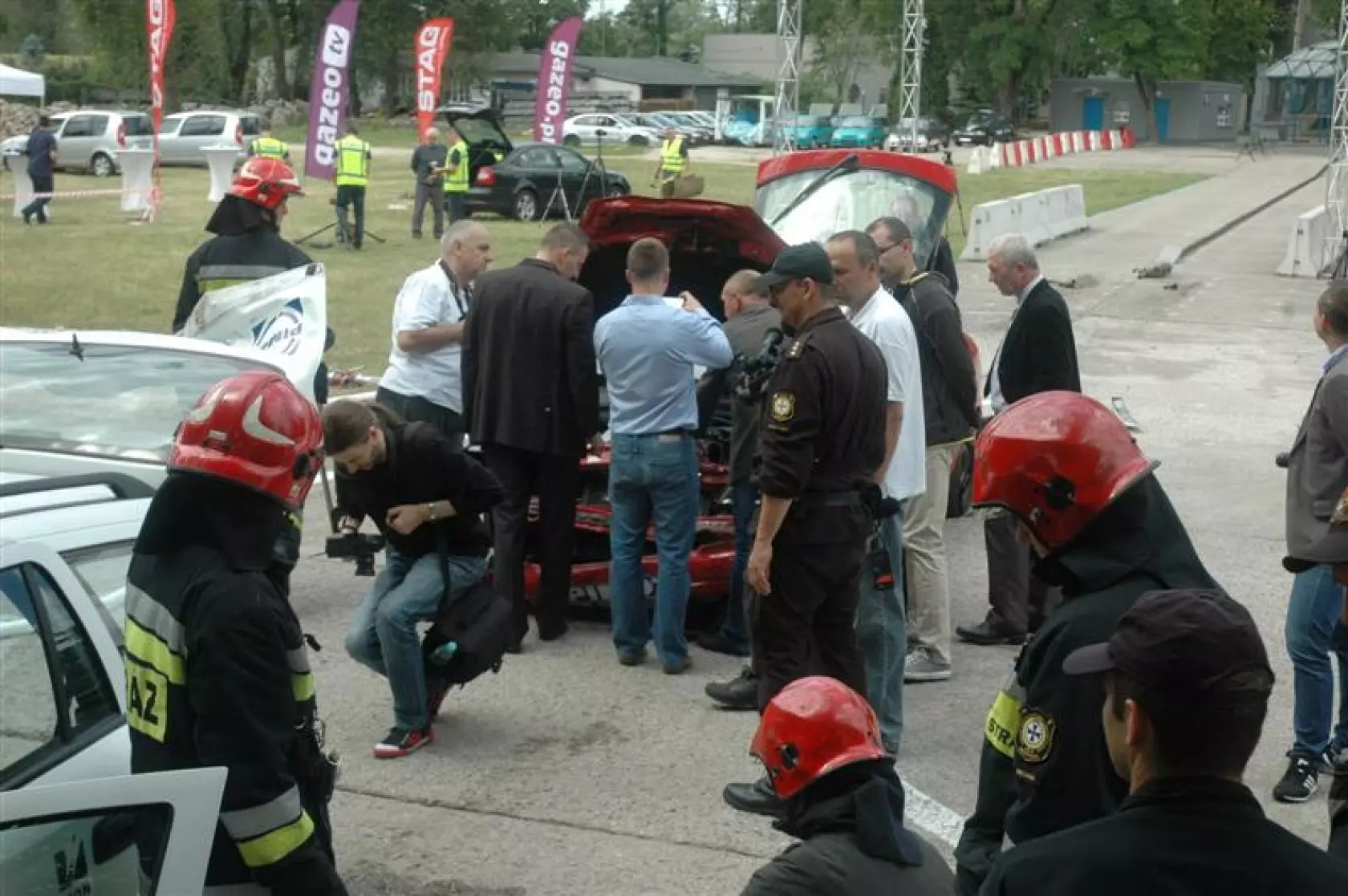 Right after the impact. Stand by for a detailed analysis of the outcome
Right after the impact. Stand by for a detailed analysis of the outcome 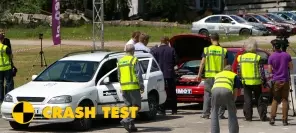












Why rear-ending?
Quite simply, we wanted to mirror the reality of our roads. We were inspired by police statistics – over 30% of all accidents and lesser collisions involve rear-ending one car by another. In Poland, over 120 thousand such events are reported to the police every year, which means over 330 of them occur daily! If we assume 15% of all cars are autogas-powered (and that's the case in Poland), it means 50 collisions every day involve vehicles running on LPG. That's one every 30 minutes or less! So much for police statistics for 2014, but you should also consider the fact that many minor fender benders are dealt with without police being called to the spot.
Firefighters also have significant experience with road accidents, so let's hear one of them speak:
Yet another argument in favour of rear-ending one autogas-powered car by another was the opportunity to test two things in a single crash – durability of an LPG tank mounted at the rear and the way autogas components fitted in the engine bay behave in critical situations.
Why the Opel Astra II?
Despite its age, it remains a popular C-segment car, praised for its reliability as well as low running and maintenance costs. As many as seven body styles were offered, motivated by petrol and diesel engines displacing between 1,2 and 2,2 l. Astra's petrol engines enjoy being converted to LPG and thousands of them are still out there on the roads. They are still chosen as used cars and get converted to LPG.
Choosing and fitting the tanks
We set ourselves two goals before the test:
- first of all, to see what happens to a donut-shaped LPG tank fitted in place of the spare wheel in case of rear collision;
- second of all, to see what forces is a cylindrical tank (fitted to the hitting car) subject to; in terms of its fitting method (by frame and hoops), it's theoretically more prone to be pulled out of its fixing points during a crash.
Mounting of both tanks (by Stako) was typical and executed in accordance with procedures suggested and approved by the manufacturer. No fixing accessories were specially reinforced or modified for the upcoming crash test.
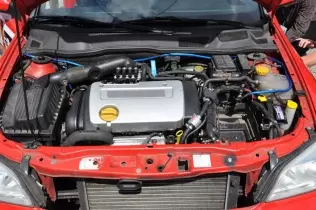 © gazeo.comThe conversion was carried out typically, without any special features, reinforcements or modifications
© gazeo.comThe conversion was carried out typically, without any special features, reinforcements or modificationsThe autogas system
Conversions of both test cars were carried out with typical, off-the-shelf STAG autogas systems. A STAG R02 reducer (with an integrated electrovalve and a liquid state LPG filter) was fitted to the front belt of the hitting car's engine bay (a component highly exposed to damage during a collision). The ECU (STAG QBOX Basic) was located next to the car's battery and, obviously, there was also a pressure and temperature sensor in the system, which proved crucial for the outcome of our test. LPG refueling valves were fitted to the underbodies of both cars.
Speed
The hitting Astra was accelerated to 54 km/h (approx. 30 mph). That's quite fast for a rear collision. Why so fast, then? Rear-endings occur mostly in cities, on streets with heavy traffic, so even if the hitting car travels at a relatively high speed, there is a braking phase right before the impact. Yet we decided to carry out the crash at a traveling speed (as if without the braking phase) to come up with more definitive results.
So what was the outcome in the end? Stay tuned for the next article!
